
IF YOU READ A COMIC STRIP TODAY, November 26, you may notice something different. Something that honors Minneapolis-born cartoonist Charles M. Schulz. Cartoonists are celebrating what would have been Schulz’s 100th birthday by incorporating tributes into their comics today. I love this idea. It seems fitting for the Peanuts’ creator who died in 2000.
Generations have followed the antics, trials and stories of the Peanuts characters, 70 strong, since the comic strip debuted in October 1950. The beloved Charlie Brown. Vocal Lucy. Security blanket carrying Linus. Inquisitive Sally. Piano pounding Schroeder. The imaginative Snoopy. The list goes on and on.
When our kids were little, they sprawled across the living room floor on Sunday afternoons aside Randy as he read the funnies to them. I would watch from a corner of the couch, content and smiling as they progressed through the Sunday comics, Peanuts a favorite.
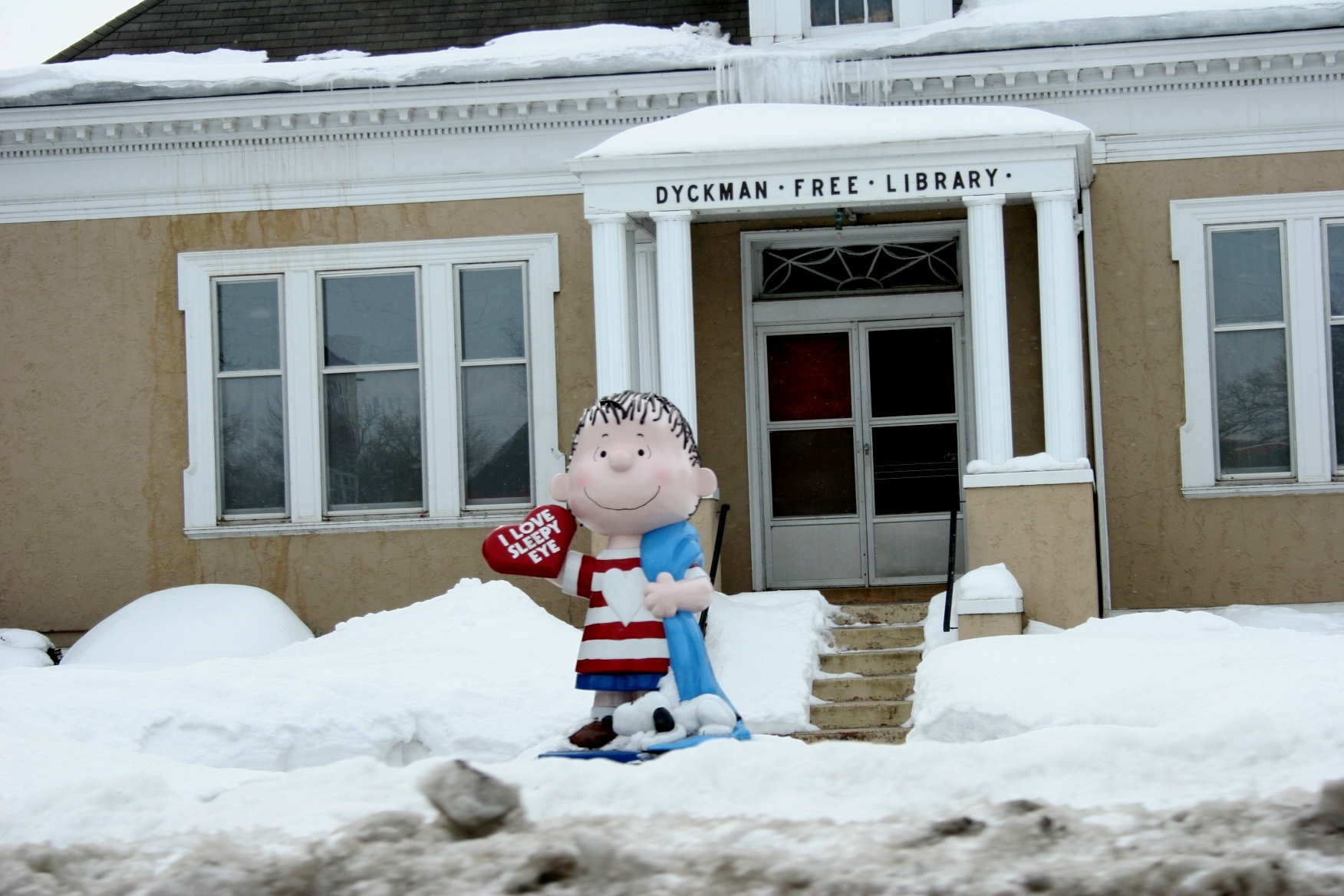
Schulz and his cast of characters will always hold a special place in the hearts of Minnesotans. Minneapolis-born, Schulz grew up in neighboring St. Paul. Eventually, he taught at Art Instruction Schools in Minneapolis, where he initially studied art through a correspondence course. There he met Linus Maurer, a native of Sleepy Eye in southwestern Minnesota. Maurer also taught at the school and was a successful syndicated cartoonist, magazine illustrator and painter. And, yes, Schulz honored his friend by naming one of his characters Linus van Pelt, brother of Lucy and best friend of Charlie Brown.
I lived and worked in Sleepy Eye for six months in 1980 as a journalist. Whenever I return to my home region, I typically go through Sleepy Eye, passing by Dyckman Free Library. A statue of Linus clutching his blue blankie and a red heart proclaiming love for Sleepy Eye sits on the library lawn bordering the Laura Ingalls Wilder Historic Highway/US Highway 14. Next time I need to stop, see Linus up close, step inside the library if it’s open.
Here in Faribault, I discovered a statue of Lucy van Pelt while wandering the Minnesota State Academy for the Deaf campus earlier this year. There an over-sized rural-themed Lucy stood outside the entrance to Quinn Hall. It has since been relocated during a renovation and construction project. I don’t know the backstory on how Lucy came to be at MSAD. But I believe she is part of the 2002 “Peanuts on Parade, Looking for Lucy” artistic endeavor.
When I last stopped by the post office for stamps, I picked up a sheet of Peanuts stamps, not realizing at the time why Schulz and his characters were selected for postage stamp publication. I overlooked the “CHARLES M. SCHULZ CENTENNIAL 2022” wordage. But today I’m not overlooking this Minnesota-born creative who brought so much joy, so much insight (yes, insight), so much happiness into the world. Yesterday. And still today, 100 years after his birth.
TELL ME: Who’s your favorite Peanuts character and why?
© Copyright 2022 Audrey Kletscher Helbling

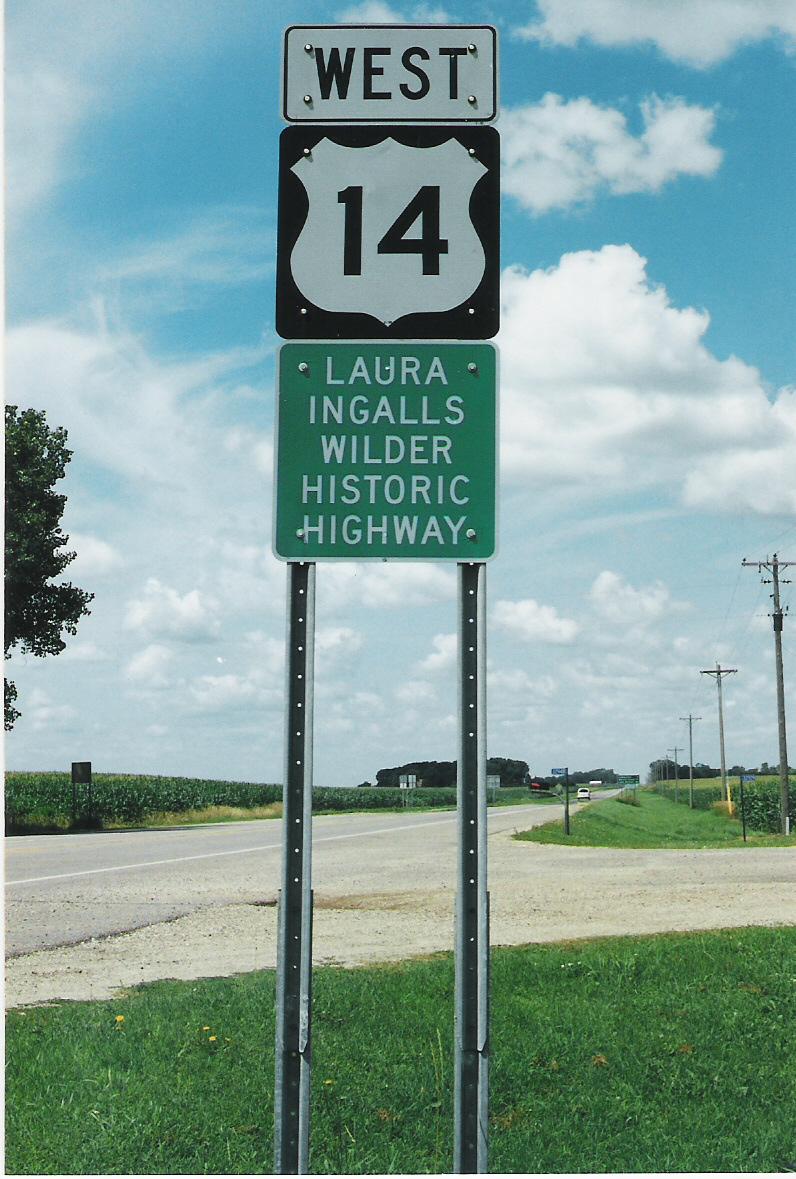
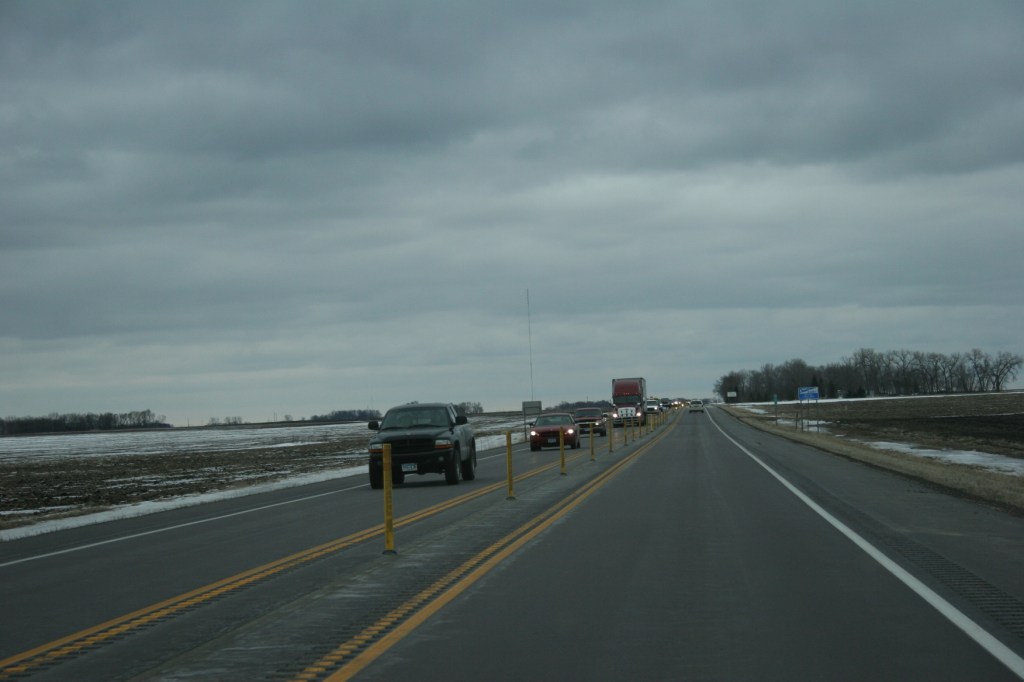


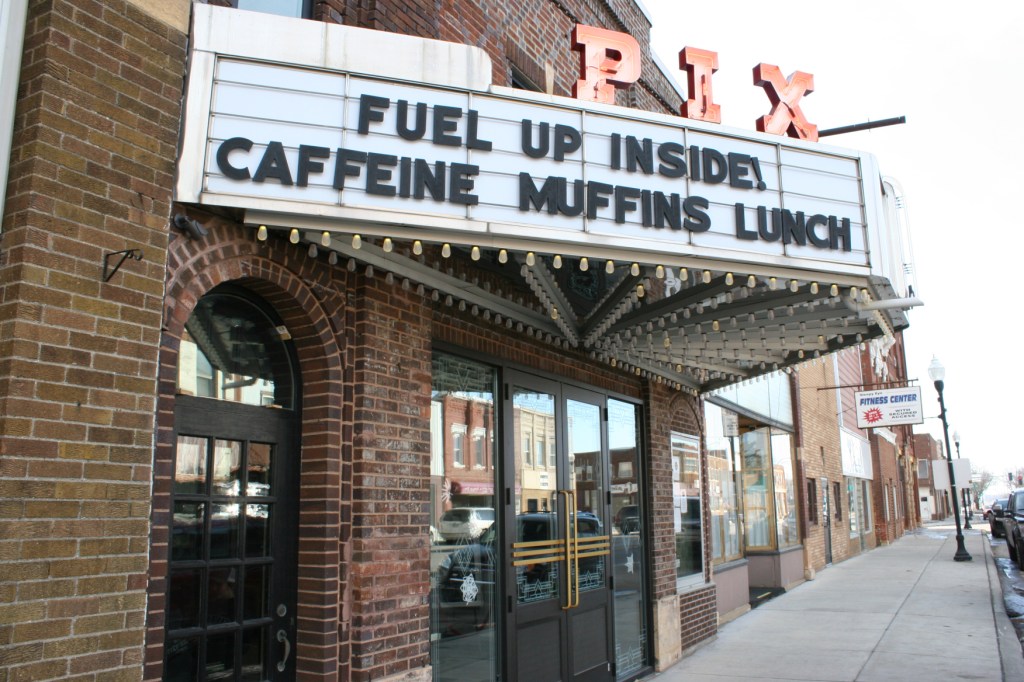

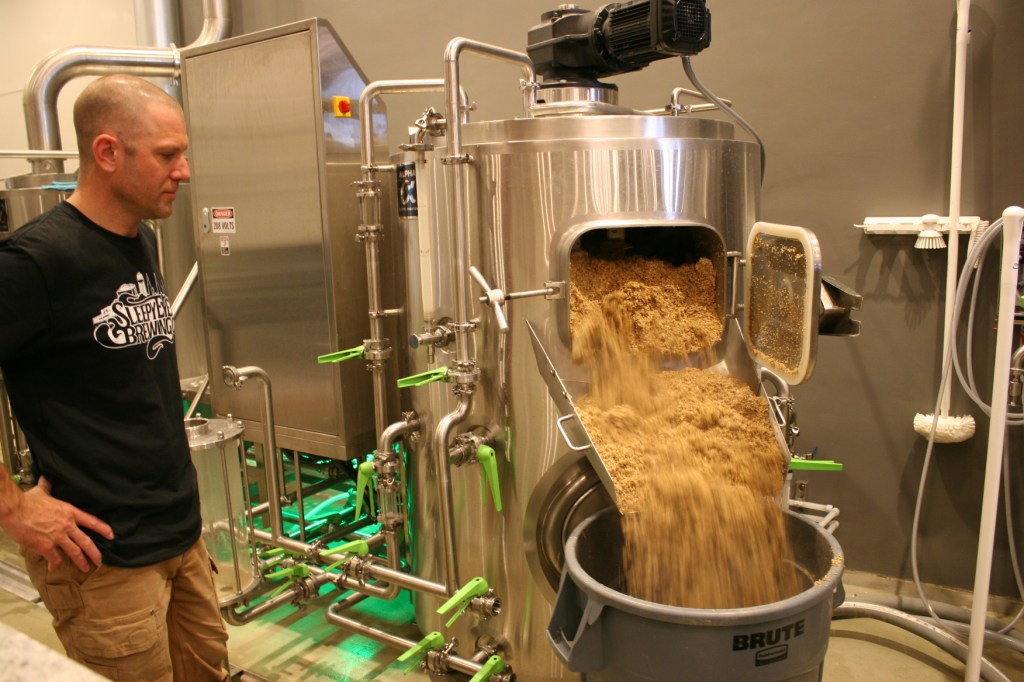

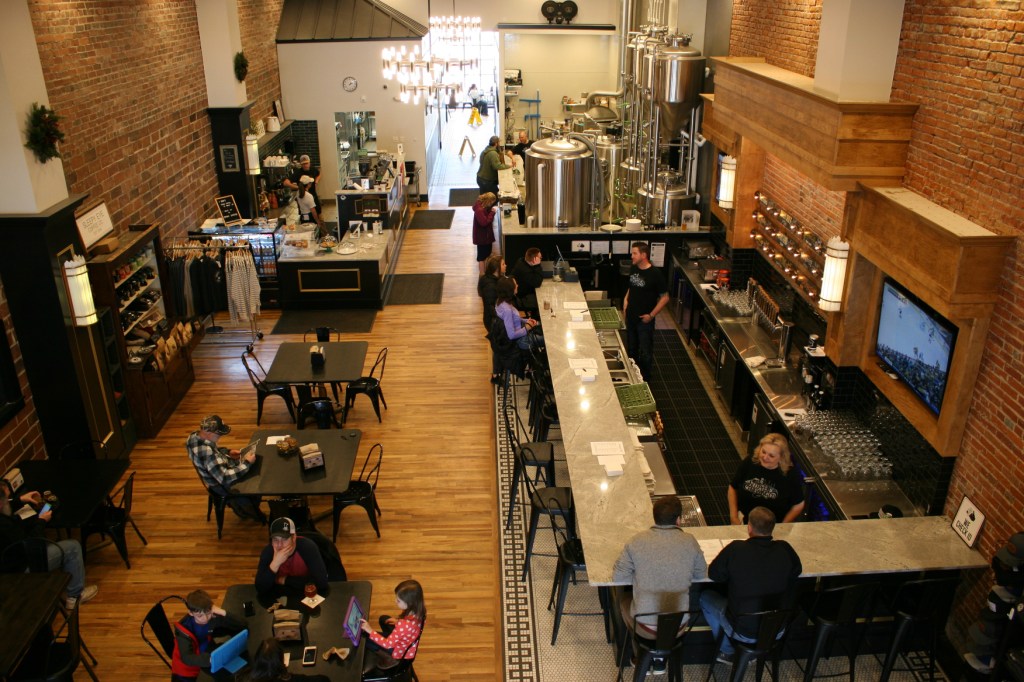
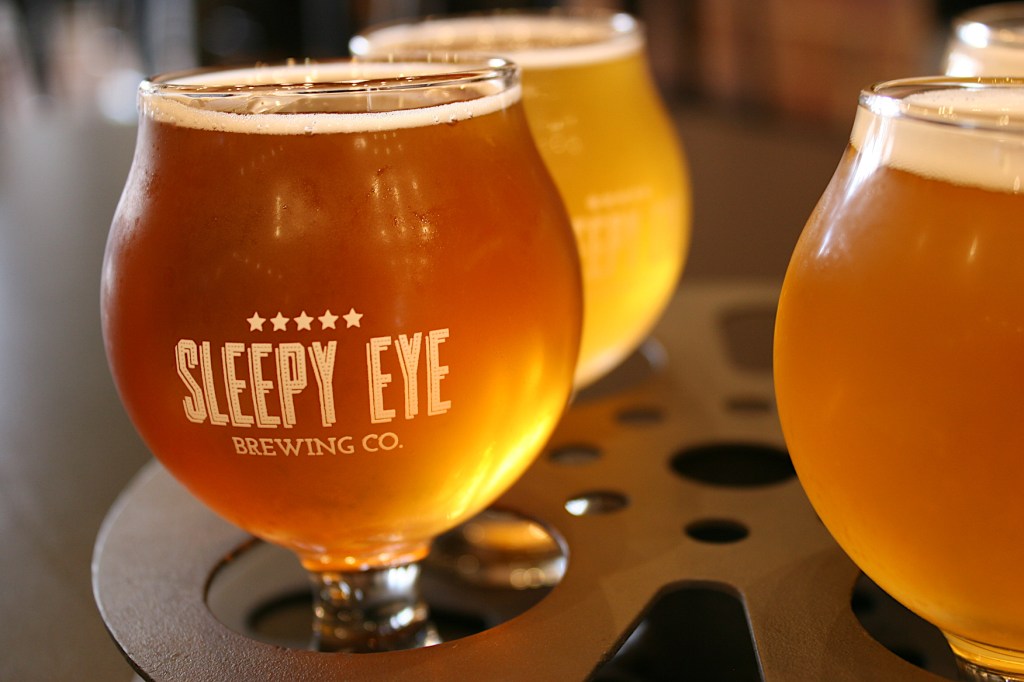
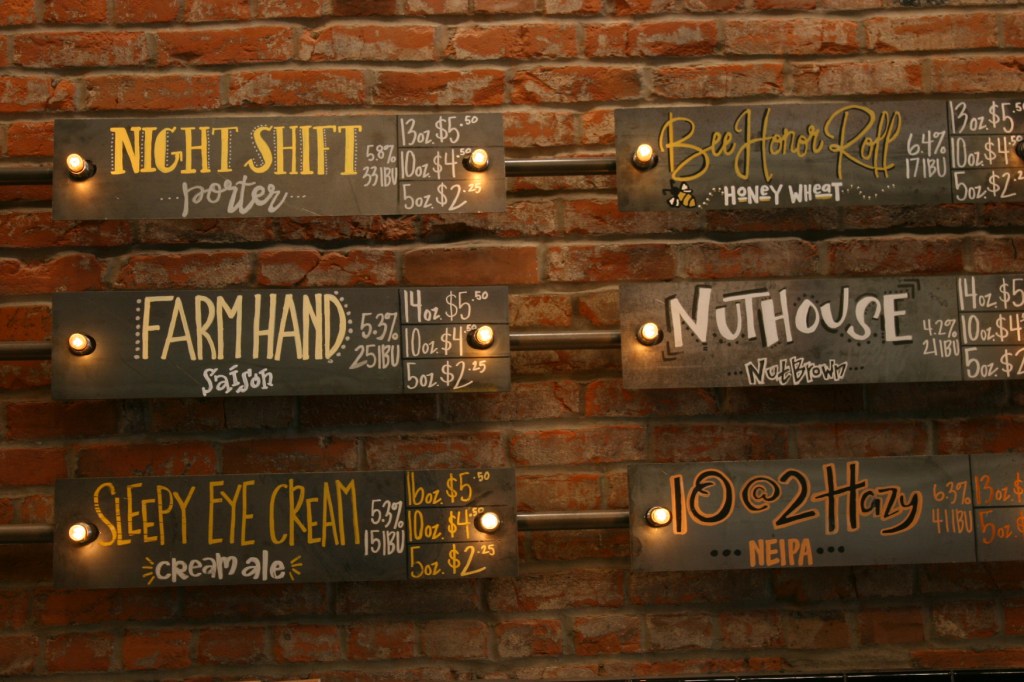

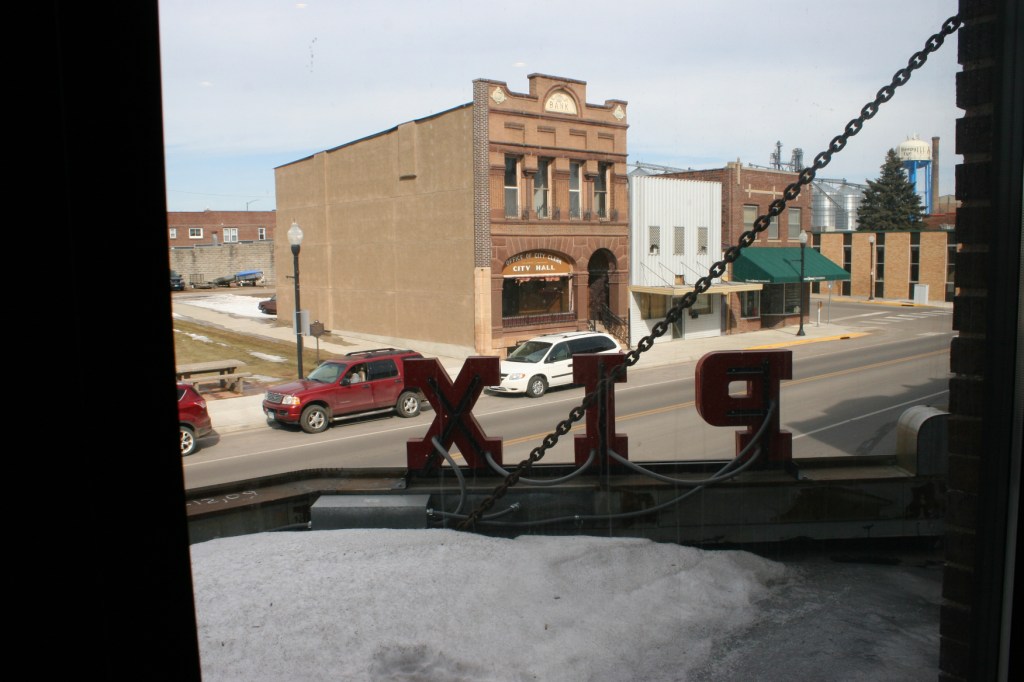



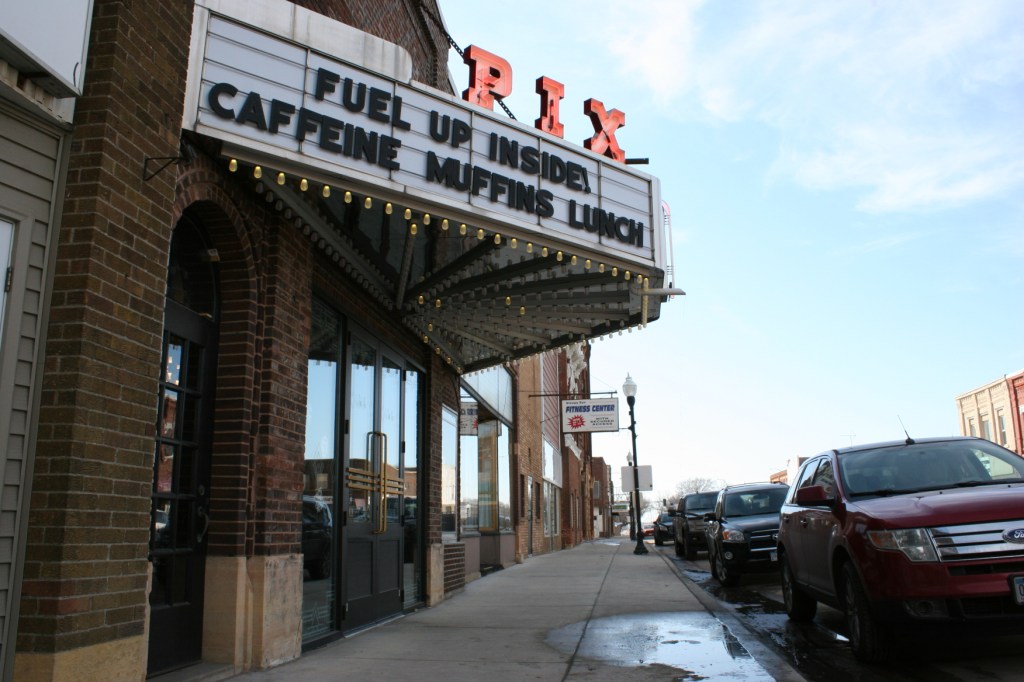

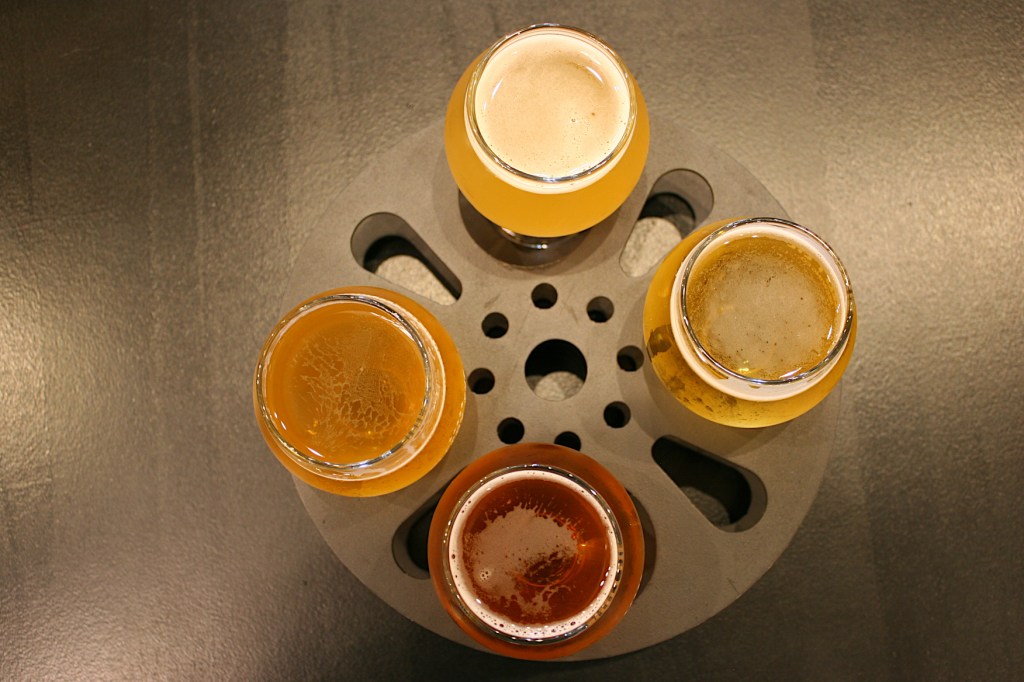





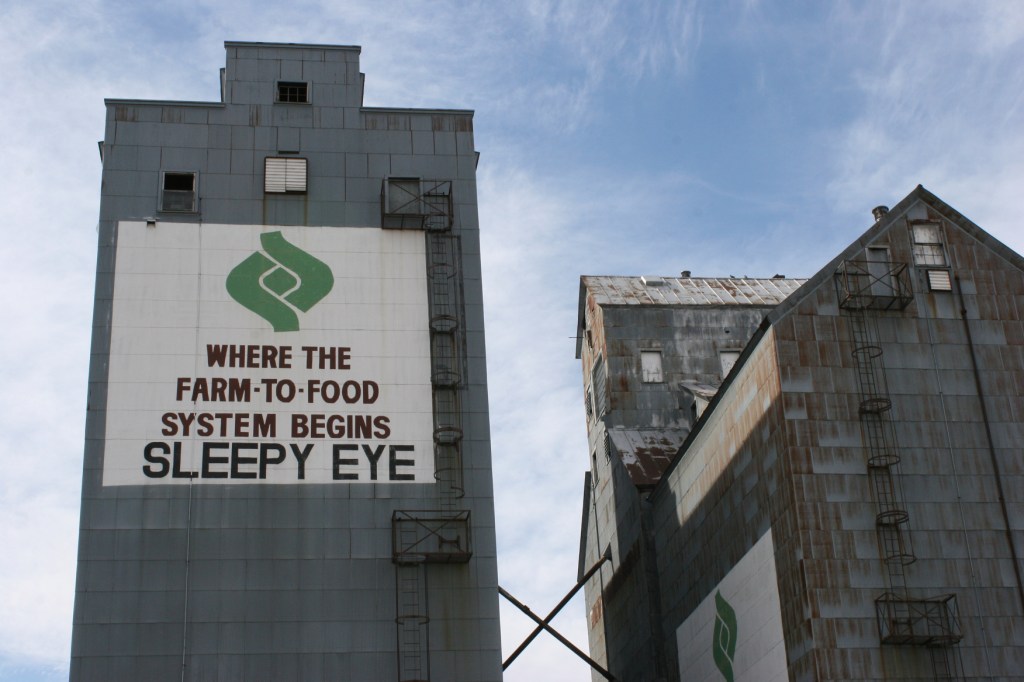
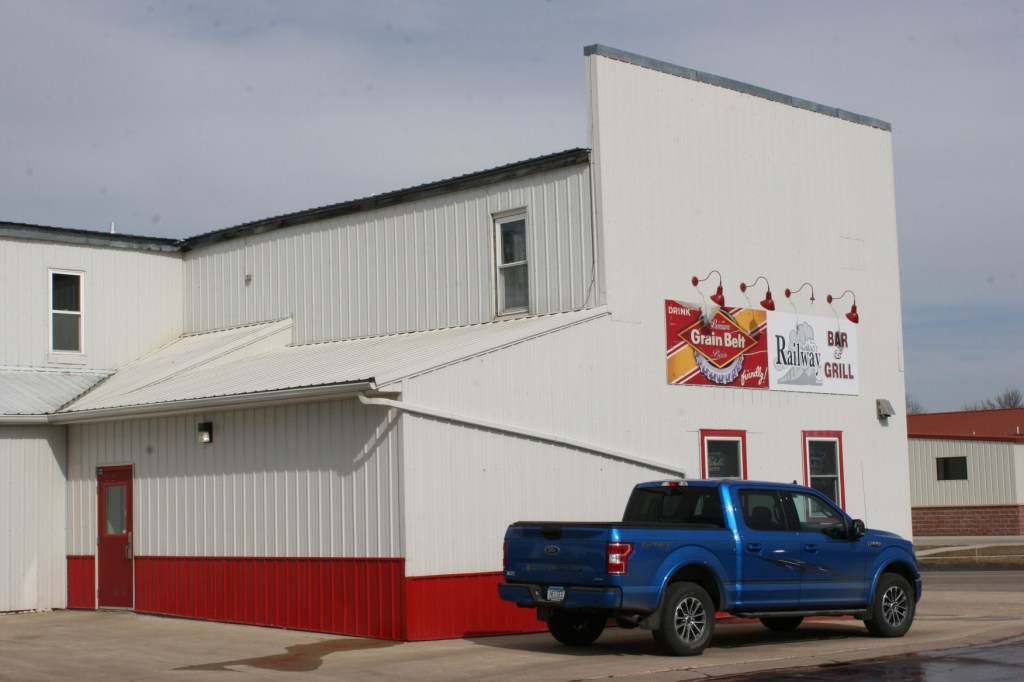


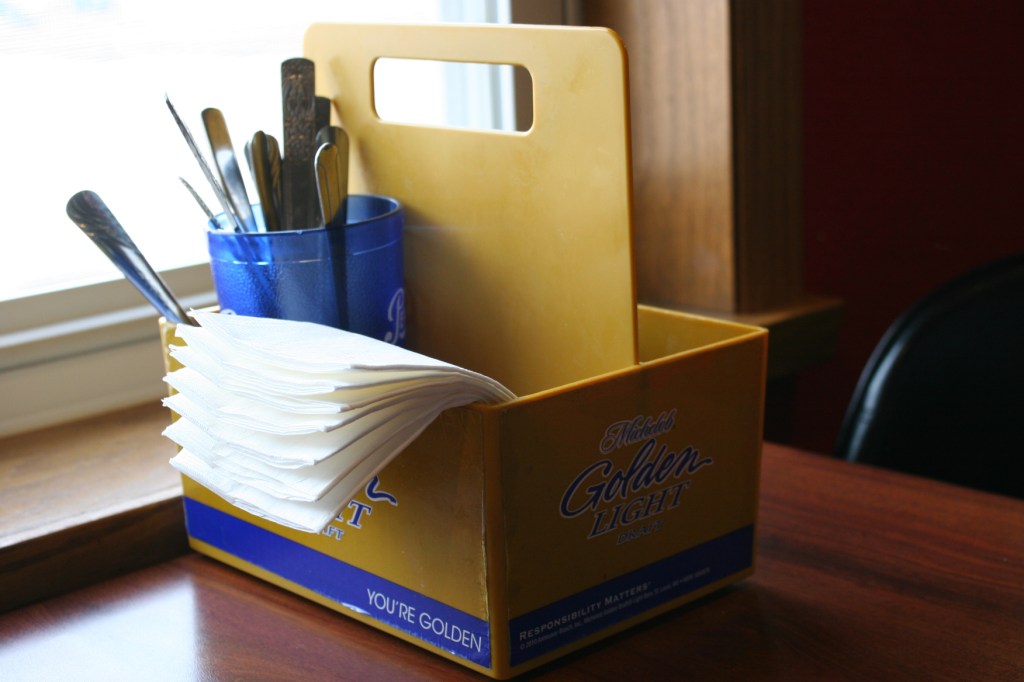


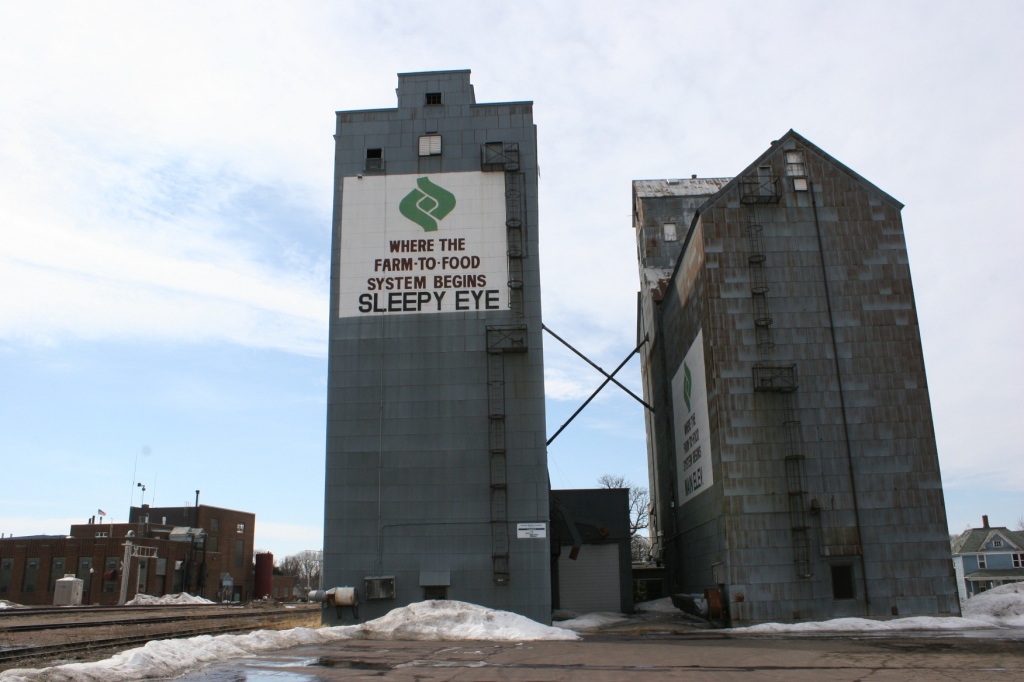


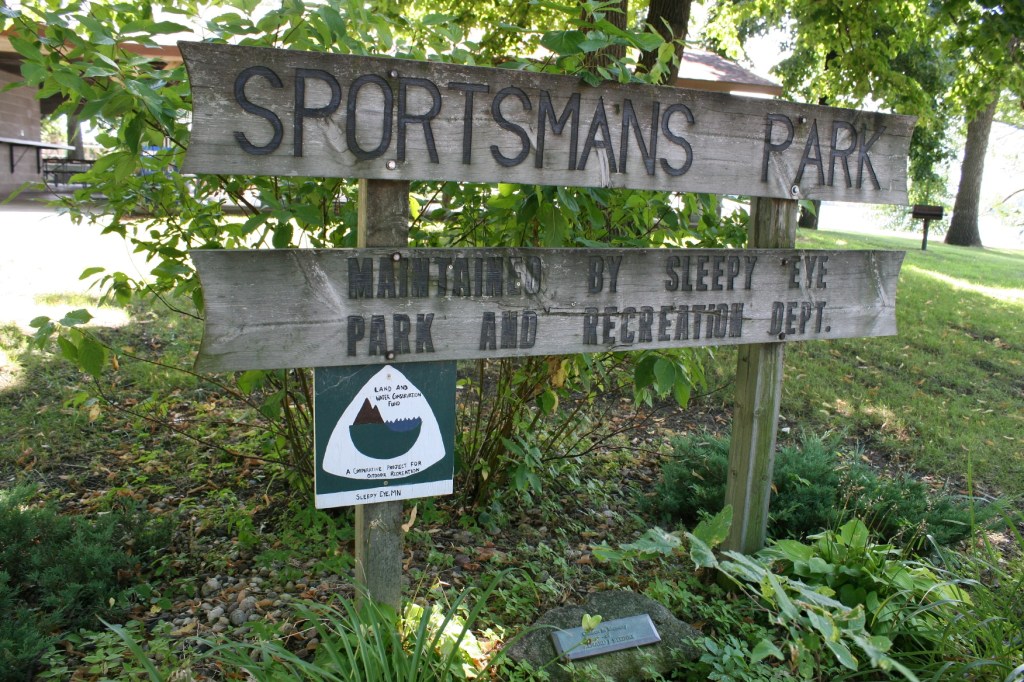

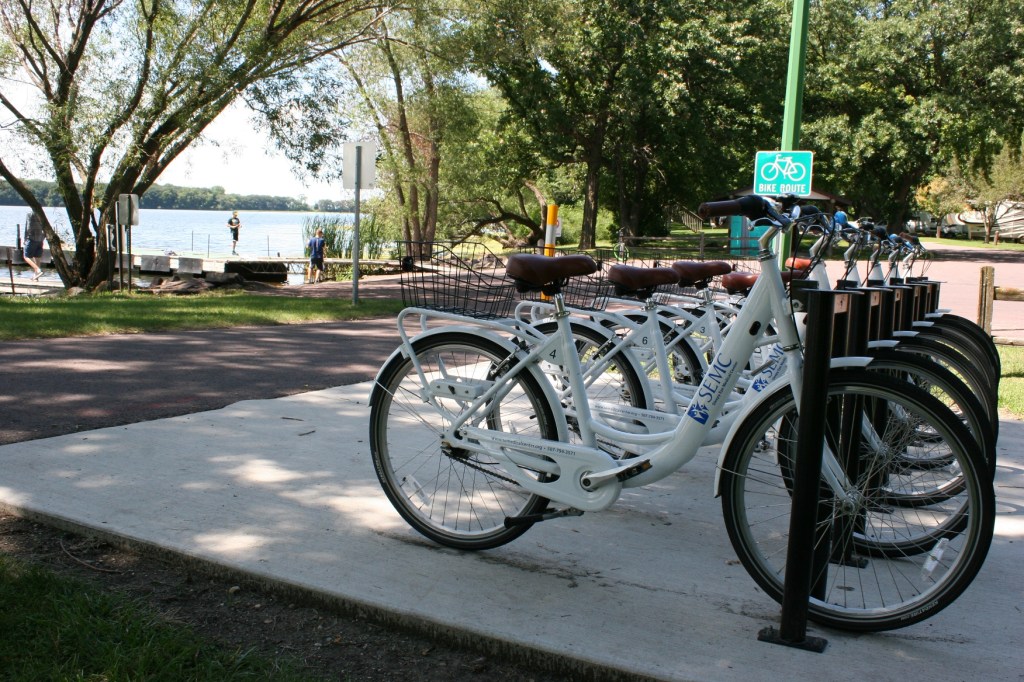




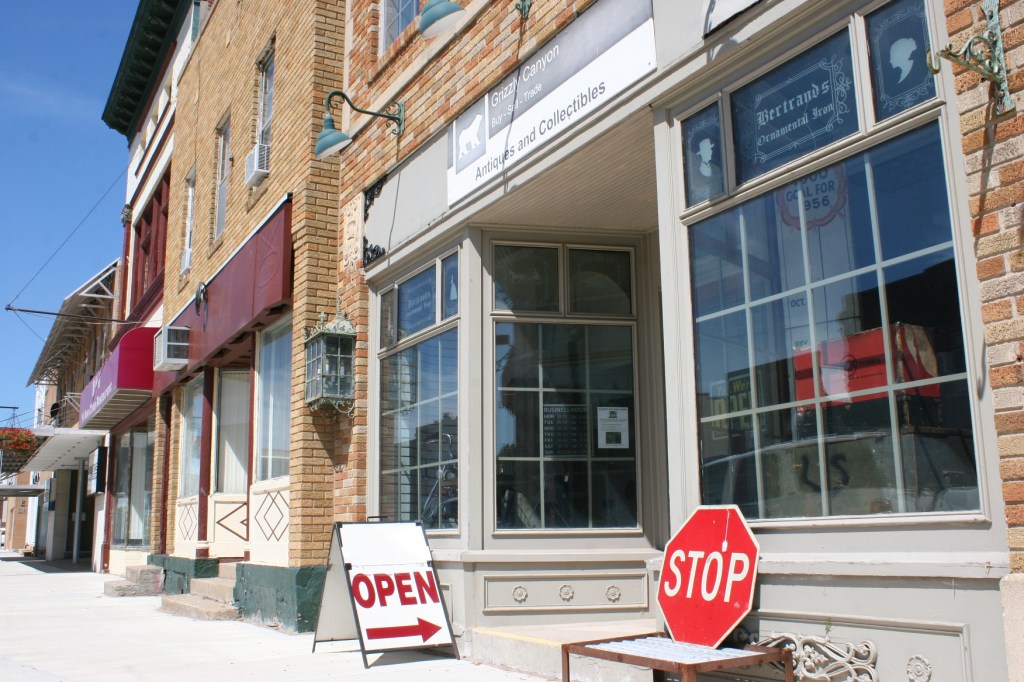

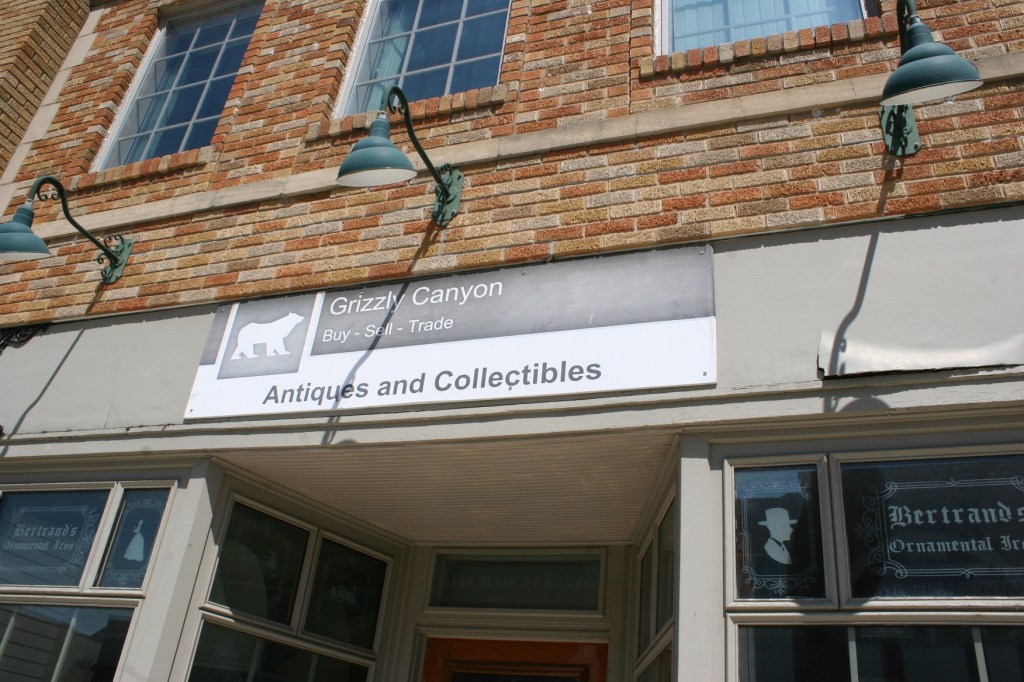
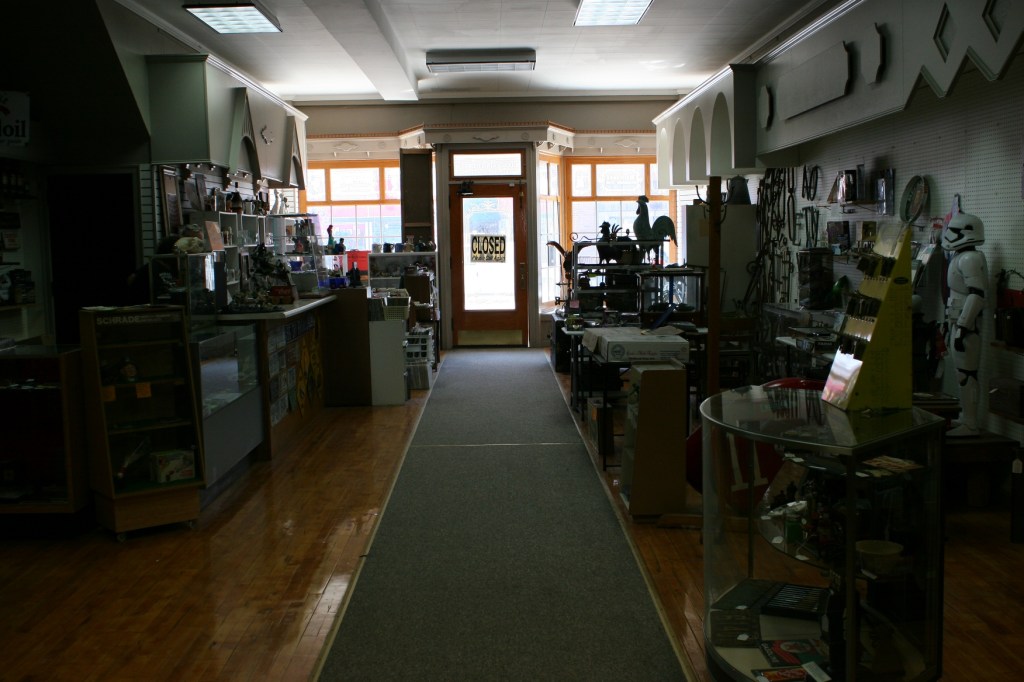
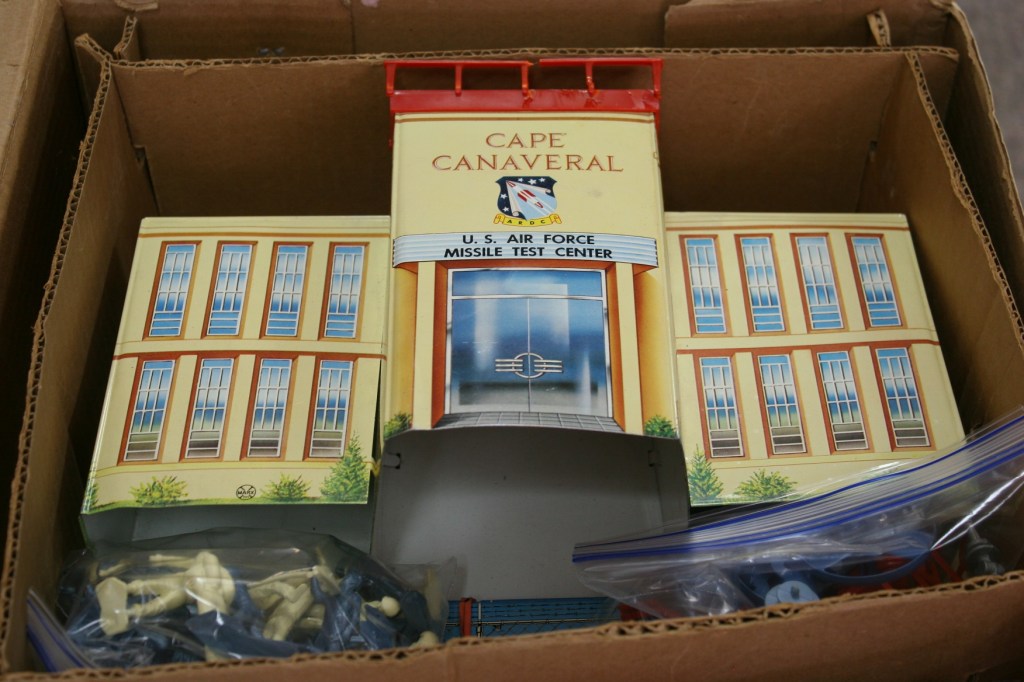

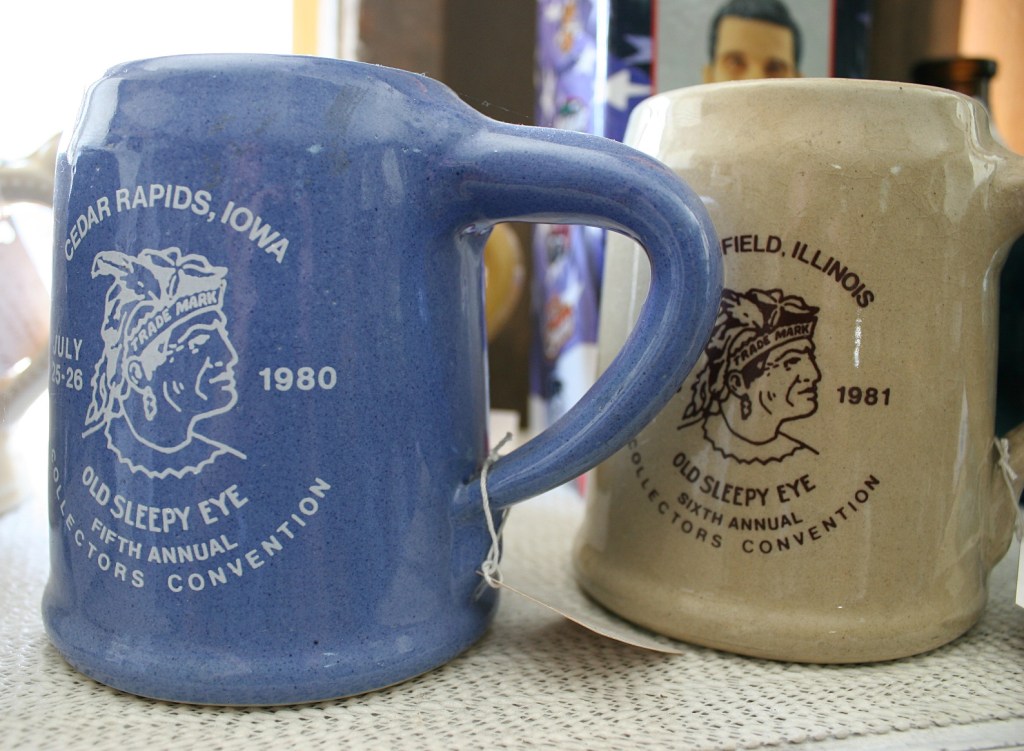
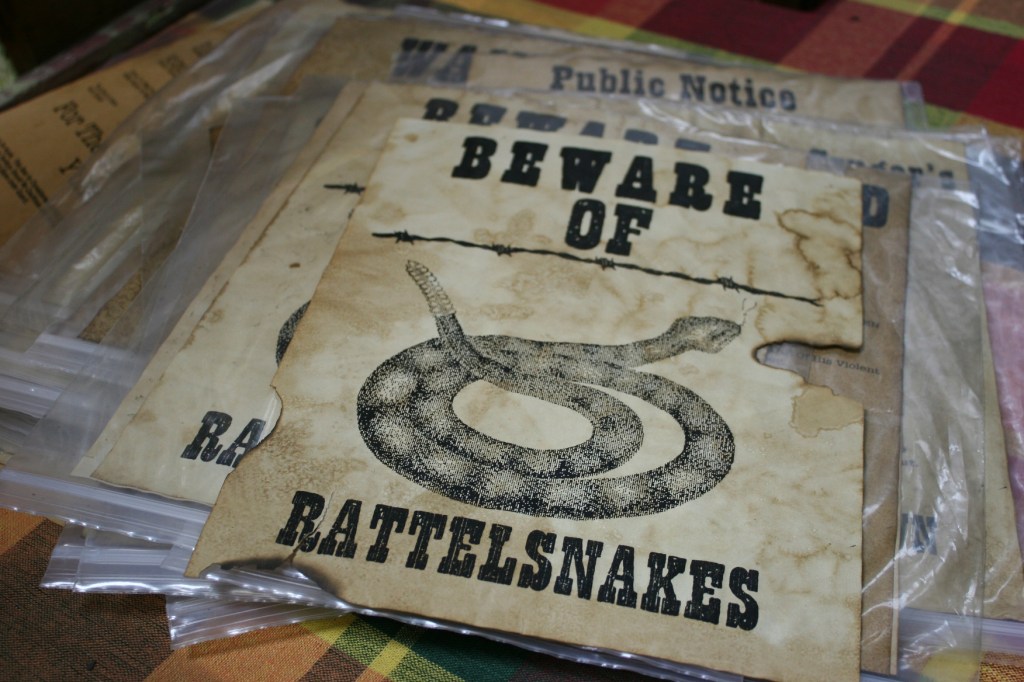
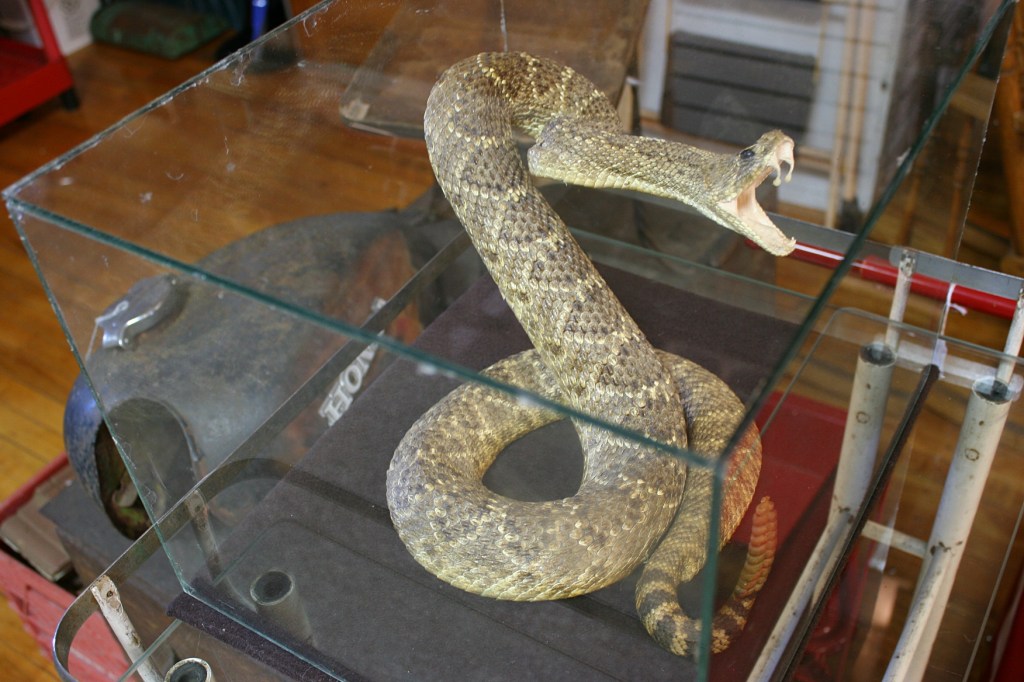
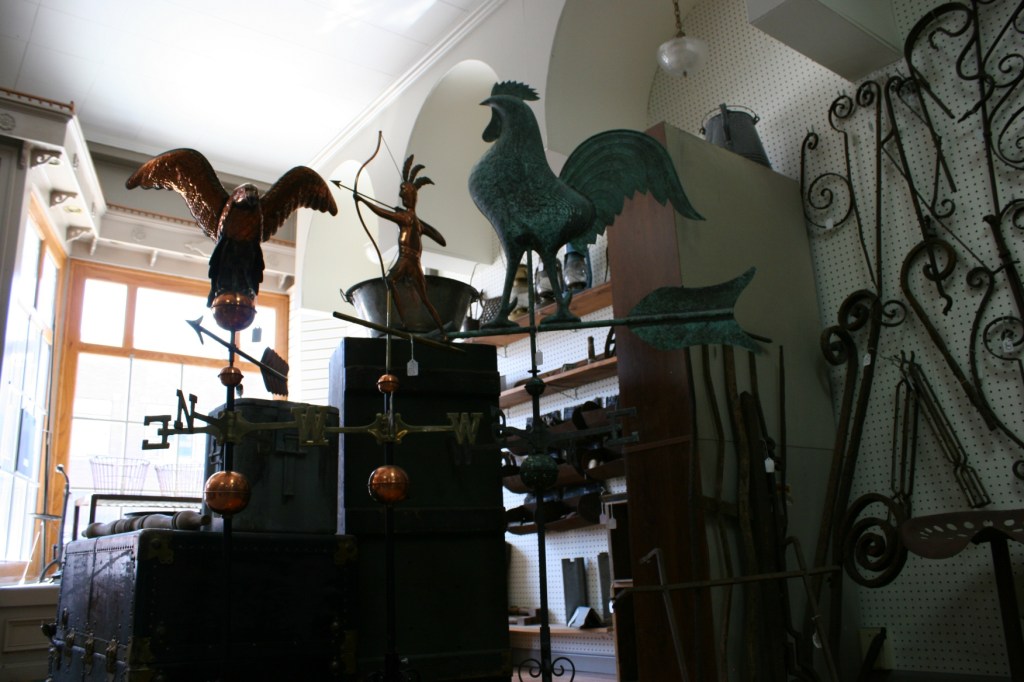

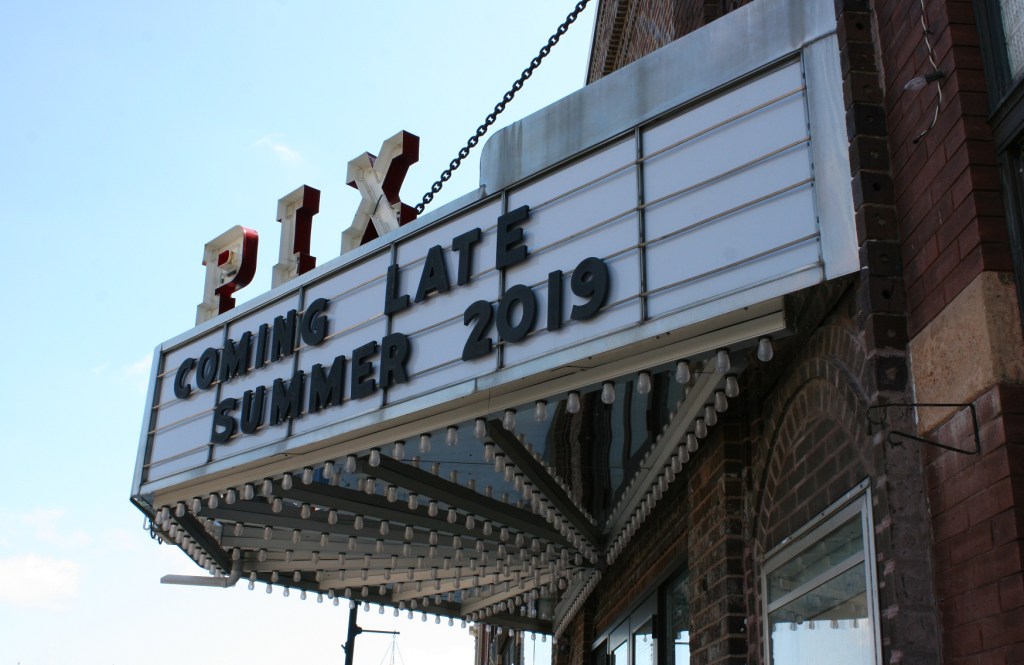


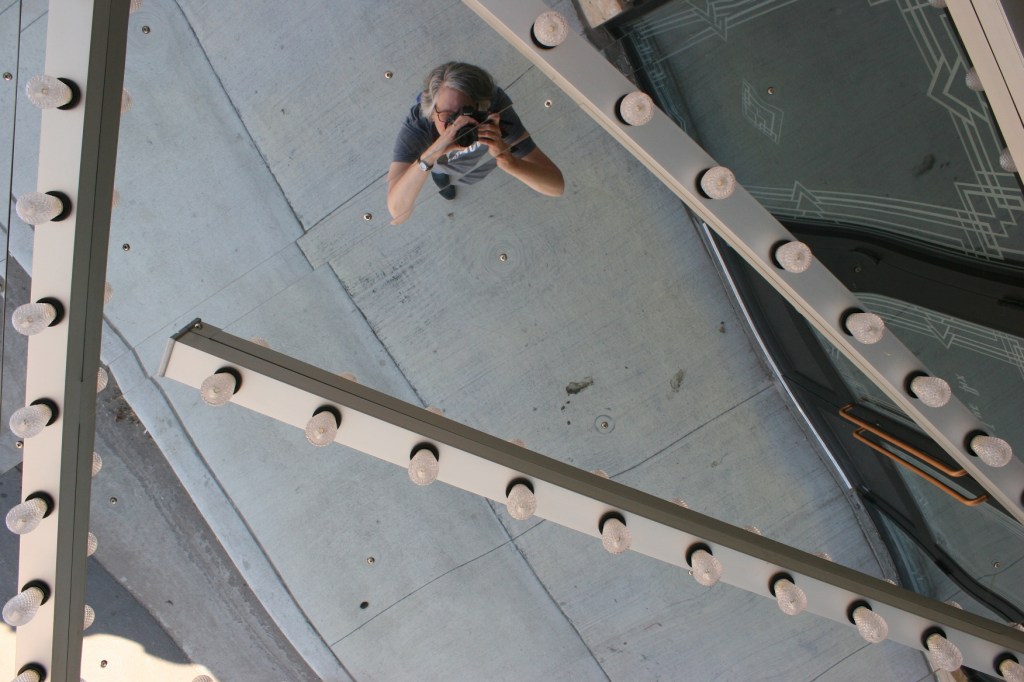
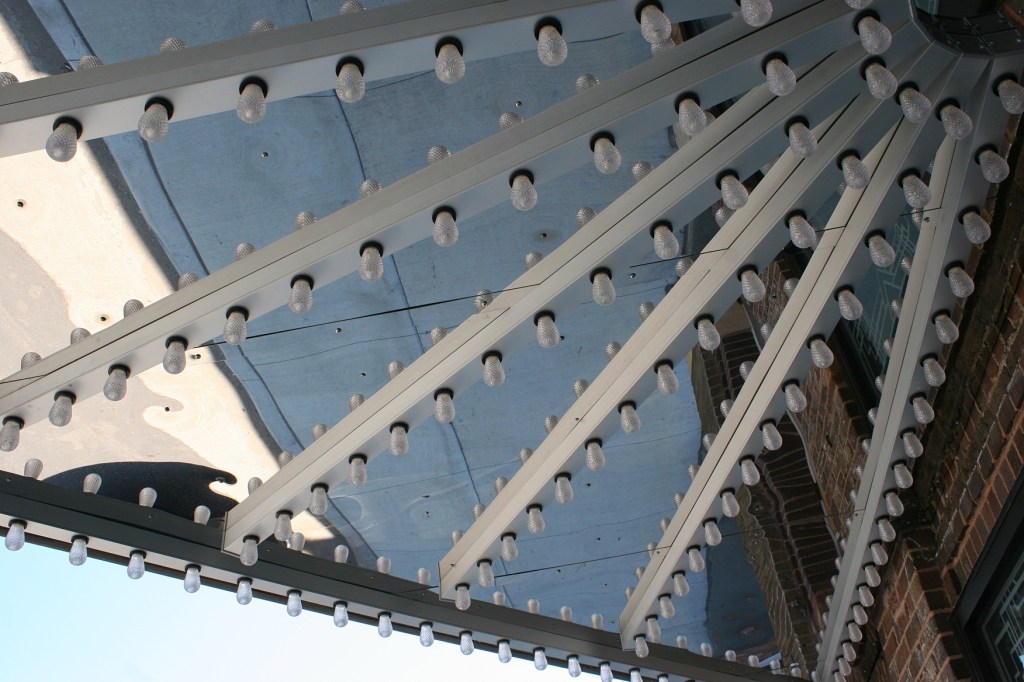

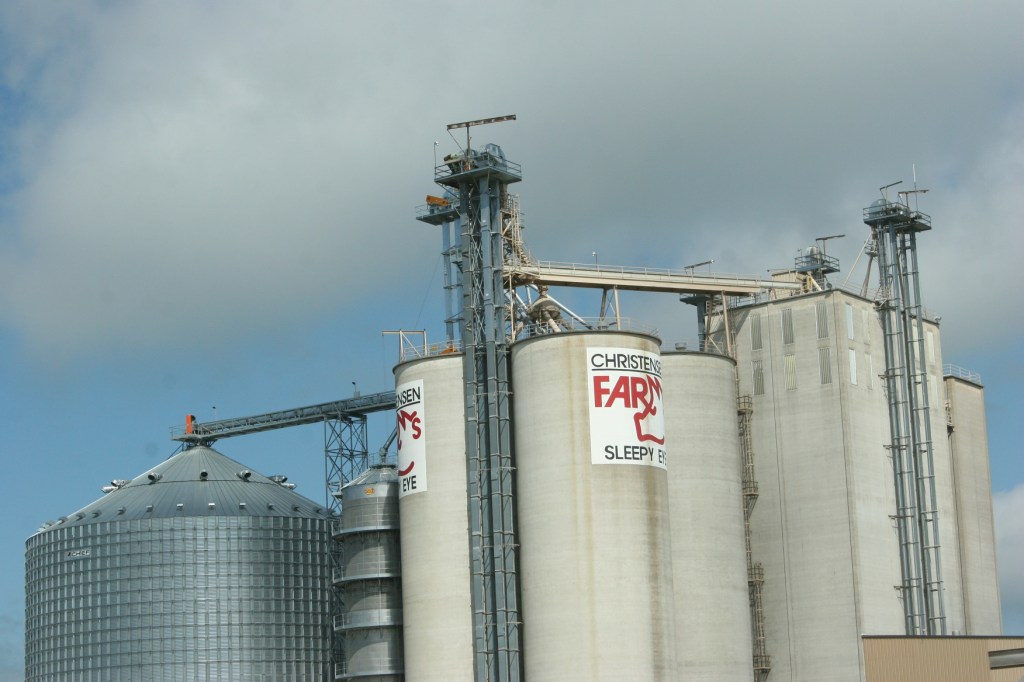

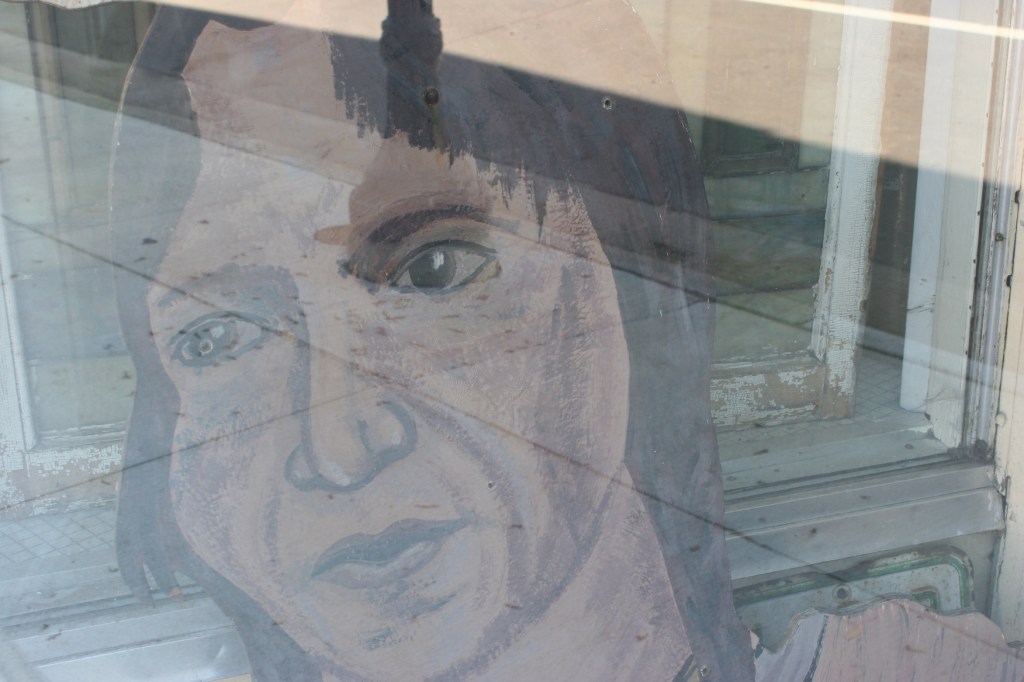
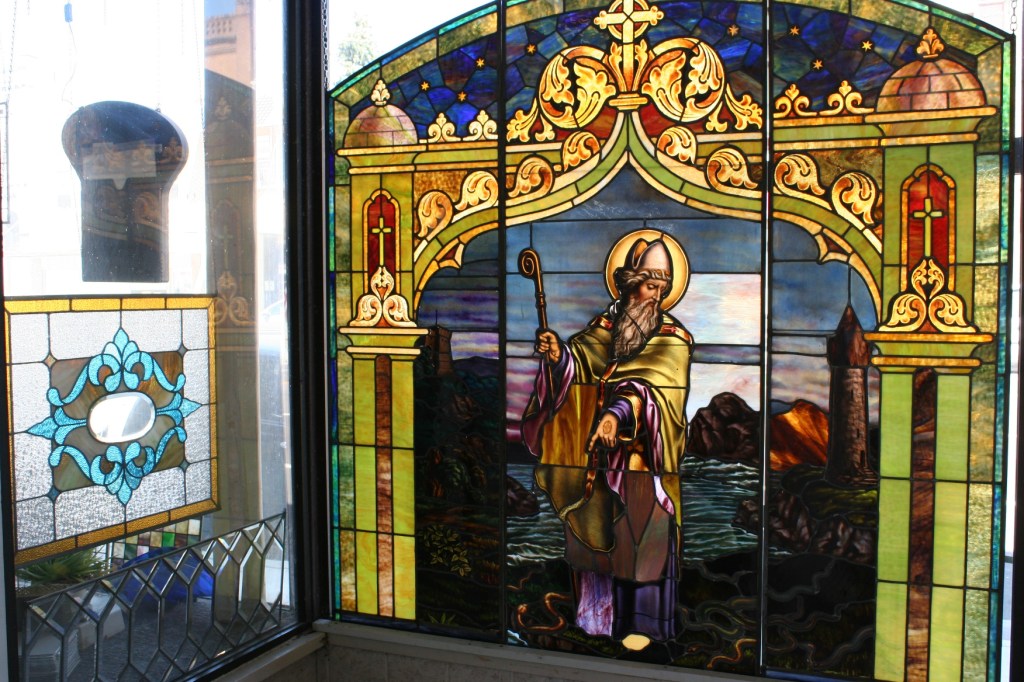
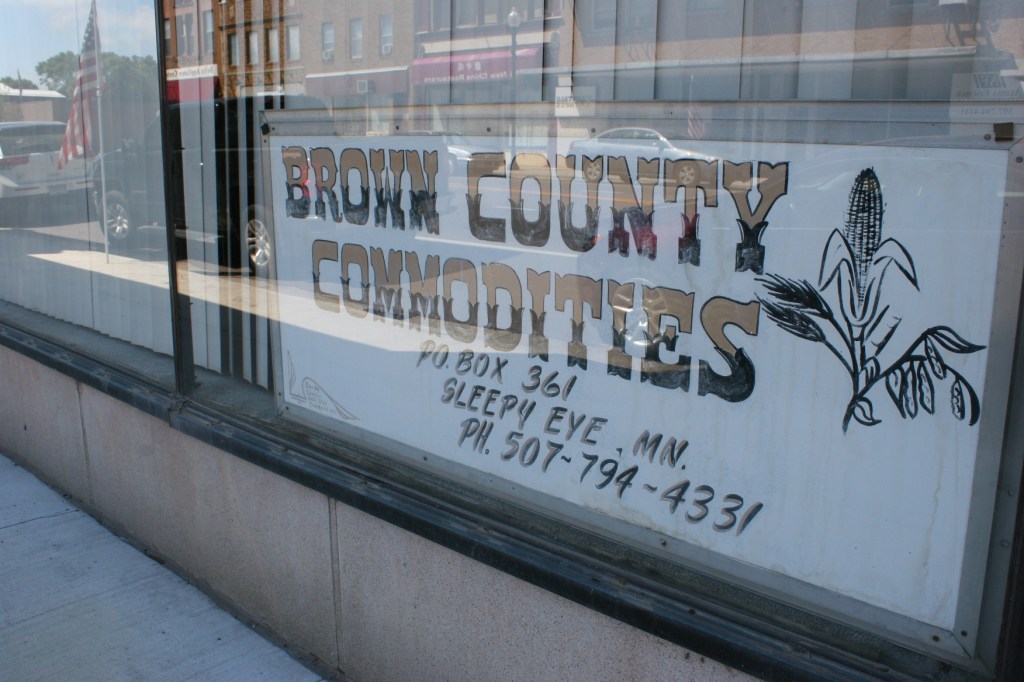

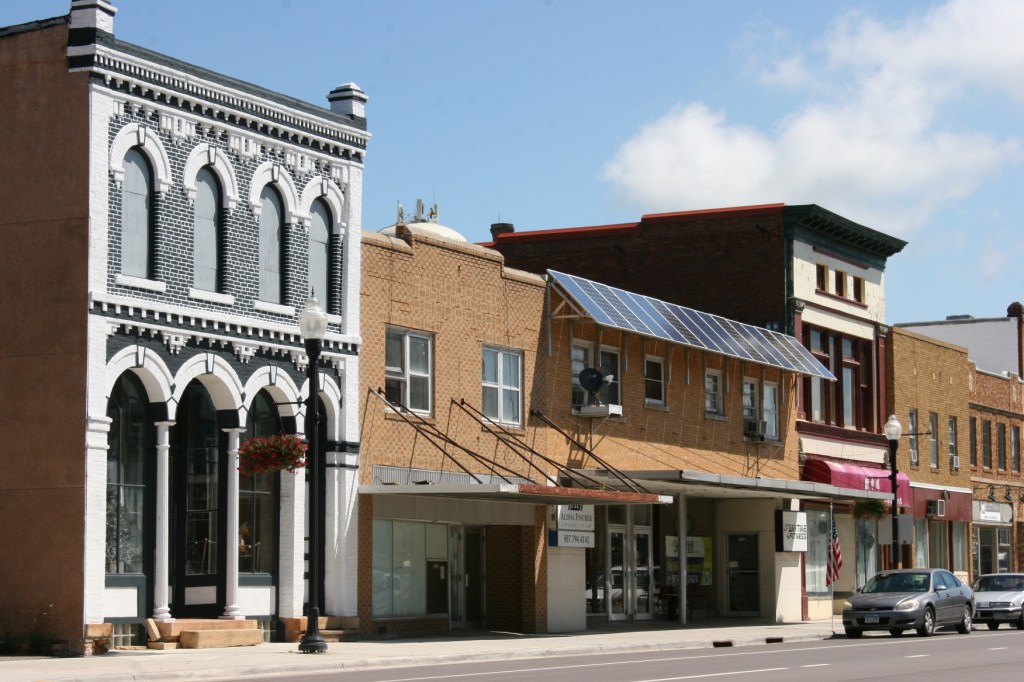

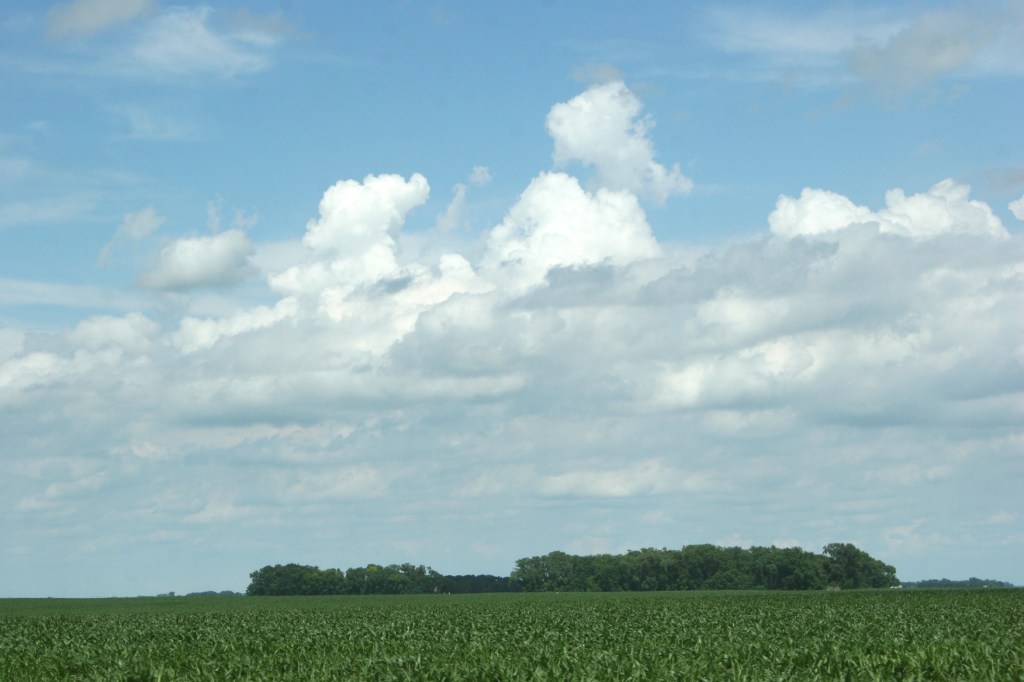

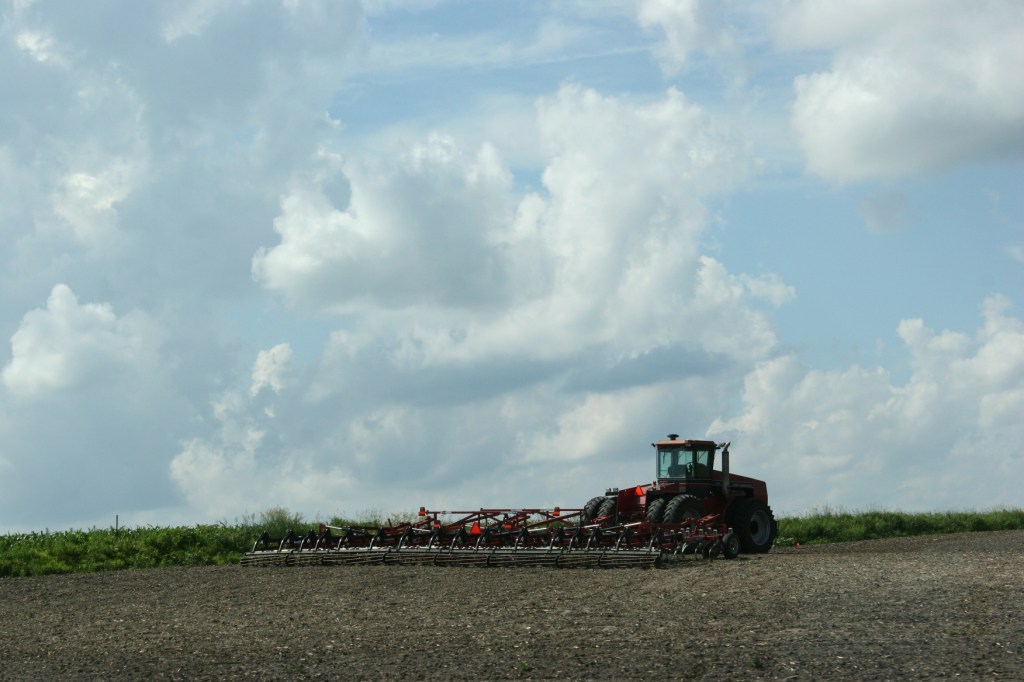
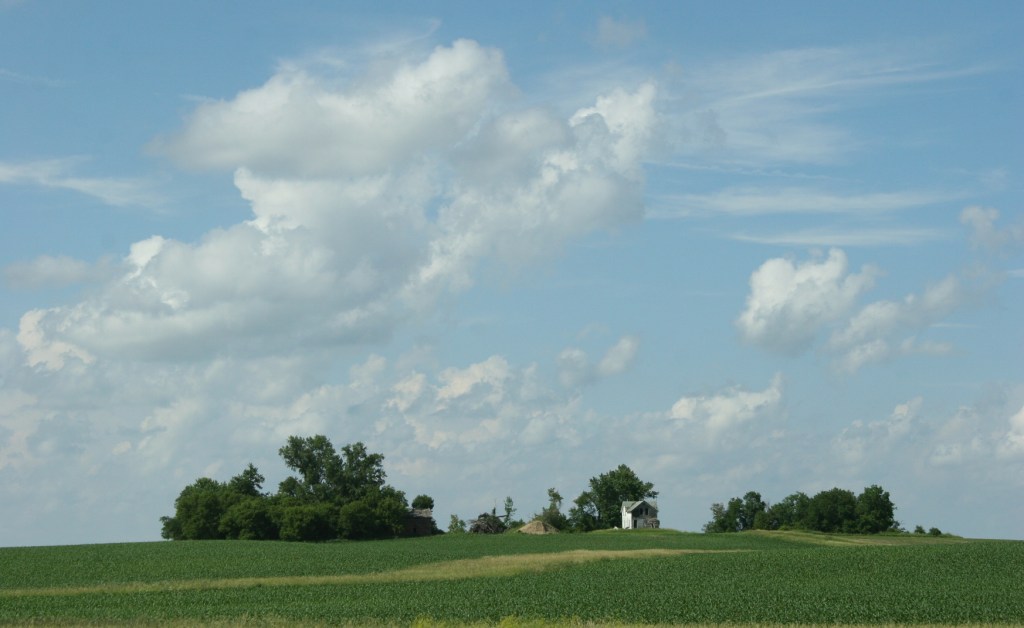
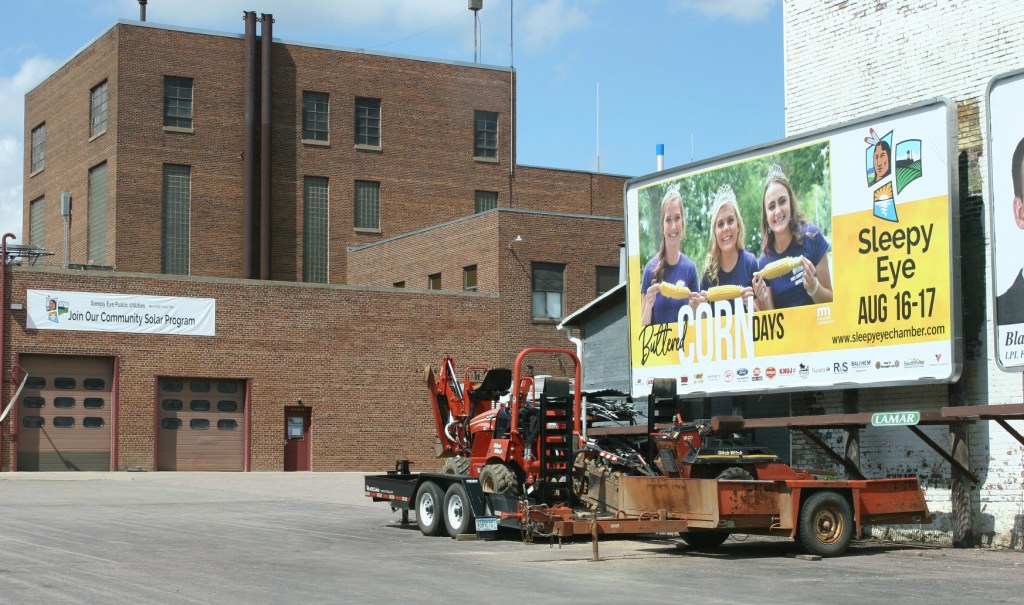
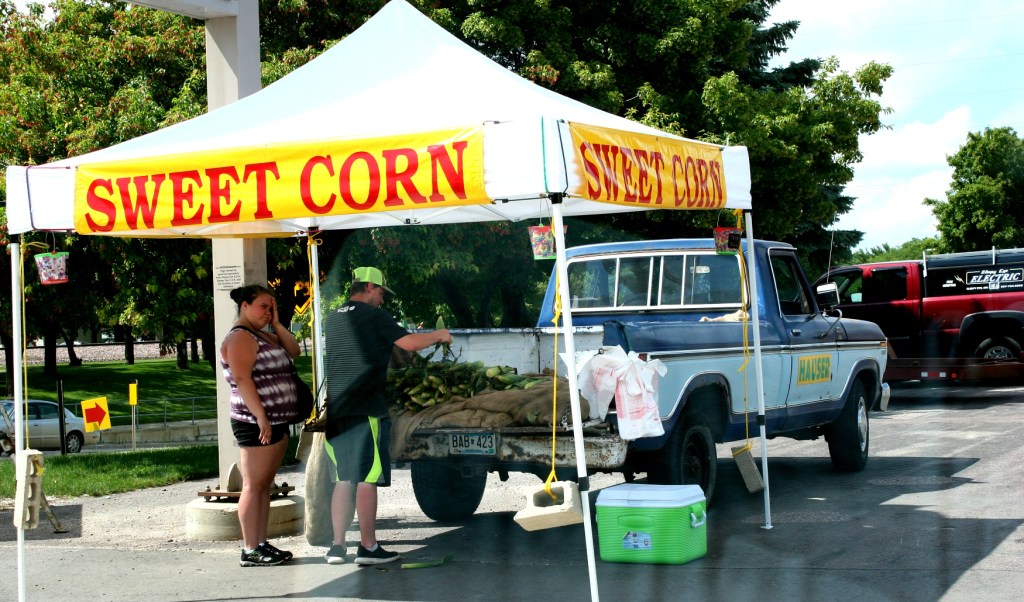

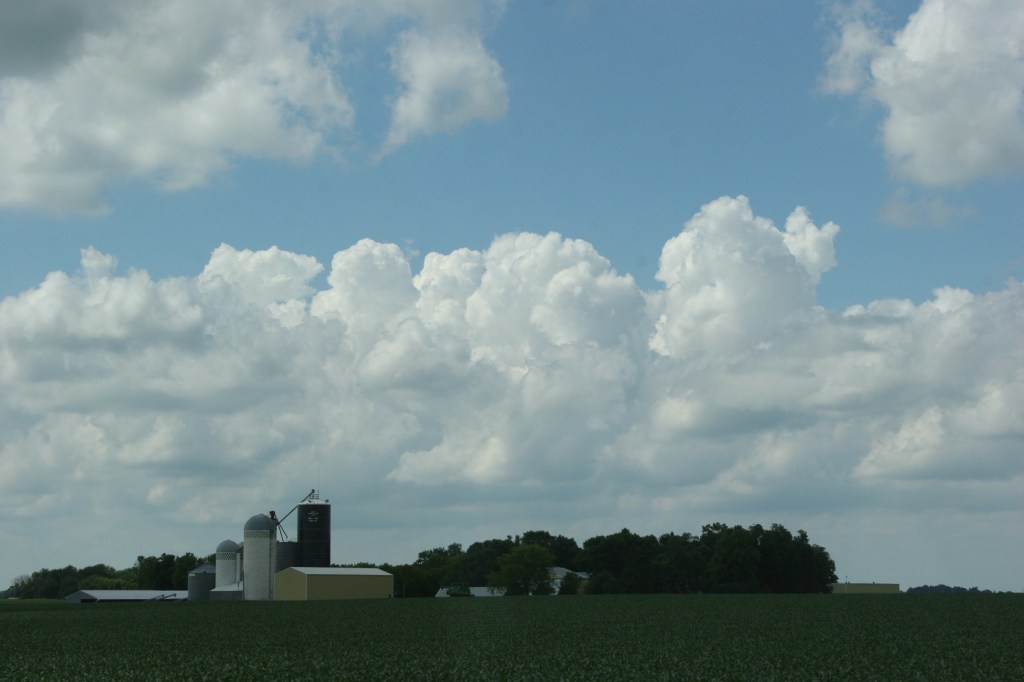

Recent Comments